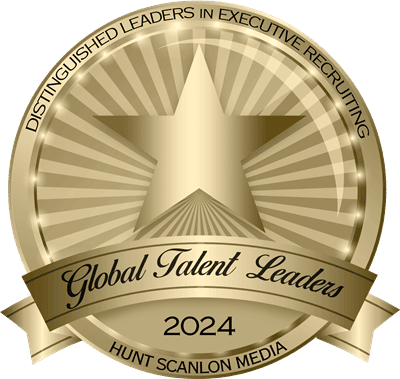PRESS RELEASES
Reasons Your Board Needs a Succession Plan Now
In the past 20 months, we have seen a trifecta of reasons why boards can no longer delay succession planning. For starters, the pandemic has worn out senior leaders mentally, forcing many to retire earlier than they may have originally conceived. In addition, the racial reckoning of 2020 post George Floyd’s murder has forced boards to reassess and reevaluate whether or not their leadership truly reflects and embodies the communities they serve. Lastly, the best and brightest of the XGens and experienced millennials need to be engaged as future leaders or you will lose them to the current candidate market.
In short, you can’t afford to wait. With demand for talent currently outpacing supply, organizations need to build a cogent succession plan now that is in line with their overall mission and strategic plan to support future stability.
Pandemic Enhances Urgency There’s no denying it: remote work is here to stay and money talks. People are moving to organizations where they fit better, where they have more work/life balance and where the pay is competitive. If there’s one thing we know, it’s that the 5-year strategic plan is passe. In both the public health realm and the workforce, the speed of change is faster than ever. This is forcing organizations to think more realistically about their succession and talent acquisition plans and bring them into alignment with a new, 2-3 year timeframe.
When that one person gets hit by that veritable bus, wins the lottery or simply wants to do something different, you need a plan, and it needs to be built into your strategic plan. Do you currently have anyone who has been groomed to succeed you? Perhaps, more importantly, does your board agree that you’ve groomed your successor? If the answer is “No,” then you are operating on borrowed time.
Generational Talent Issues (or Unique Opportunities?) Careers can generally be viewed in 48-year windows spanning the ages of 22-70. The front-end of a career is generally ages 22-44. At age 45, a person hits the back-nine of their career and every move made and every step taken needs to align with the path towards their HCGA — Highest Career Goals and Aspirations — before retirement age sets in.
Baby boomers are currently retiring in record numbers. While this cohort may have worked later and longer during the Great Recession to recover from real estate and 401K losses, they have since accomplished that. Moreover, the weary and withering impact of COVID-19 pandemic has since accelerated baby boomers’ exits from the workforce.
Next in line for leadership roles are the X-Gens, but gone are the days when leaders will stay on for 10 to 15 years or more. X-Gens know their market value, are true to their passions and have short attention spans. Rather than locking themselves into one organization or one approach, they will give an employer 5-7 years before they get itchy to move on (3-5 years is fairly standard; 7-10 is spectacular). Because they are intent on reaching their HCGA, you must be proactive about retaining them. This generation won’t stick around where there is no discernible and substantive opportunity for growth.
Founder-Led Concerns Founder-led organizations face their own urgency in formulating a succession plan. Often, in long-tenured, founder-led organizations where there has been tremendous success over a period of time, a board finds themselves mesmerized by the long-standing leader and typically reluctant to broach the subject of retirement. However, we must shift this mindset and think in terms of the best interest of the organization. This crucial conversation needs to be had sooner, rather than later.
It’s not easy to replace a “legend” who has had a transformational and transcendent track record. Additionally, it can be difficult to know when to have that conversation, but organizations always benefit from fresh ideas and perspectives in order to thrive. If there isn’t anyone poised and primed to carry the torch, an organization finds itself in an awkward and unenviable predicament. Moreover, an ensuing executive search may encounter headwinds as some of the best candidates available in the marketplace may shudder at the notion of replacing such a leader. Conventional wisdom leads one to believe that it is exceedingly difficult to replace legendary leaders. Our goal as a search firm is to focus on those exceptional leaders who welcome this challenge and have the humility, modesty and self-confidence to more than acquit themselves as successors.
A Two-Pronged Approach Succession planning can be viewed as a two-pronged approach that requires honest conversations and a transparent lens into what’s best for your organization. It can be achieved by cultivating your best and brightest X-Gen talent, grooming them for a leadership role while reducing your regretted losses. It can also be achieved by bringing new individuals into your organization who have the experience, ideas and energy to take you to heretofore never-achieved levels.
Without a succession plan, you not only run the risk of losing your best people to other organizations who better position these leaders to achieve their HCGA more quickly but also expend money to recruit and fill those positions. Succession planning helps you retain your best talent while filling your bench. It also gives you the ability to better market and sell your organization if you are recruiting outside. Organizations that have succession plans show both newcomers and existing employees that they are serious about attracting and retaining the best talent in the marketplace while preserving their mission and maintaining forward momentum.




